Historical Timeline
Explore the development of Strathbungo through the ages.
Begin
1136
1568
1581
1741
1840
1848
1859
1860
1860
1862
1863
1864
1865
1867
1869
1872
1874
1877
1877
1878
1879
1879
1880
1884
1886
1887
1888
1894
1912
1928
1928
1930
1932
1962
1971
1973
1979
2005
2006
2017
Future
Begin
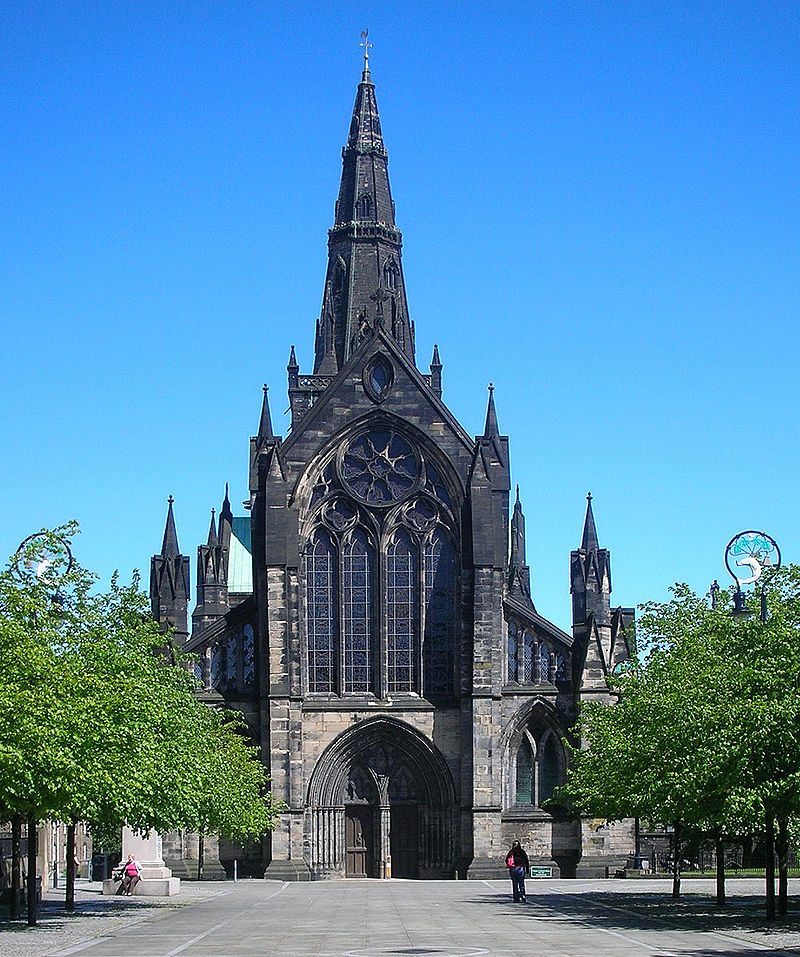
1136
King David I (1124-1153) grants lands of Govan to the See of St. Kentigern of Glasgow, at the time of consecration of Glasgow Cathedral.
Read More
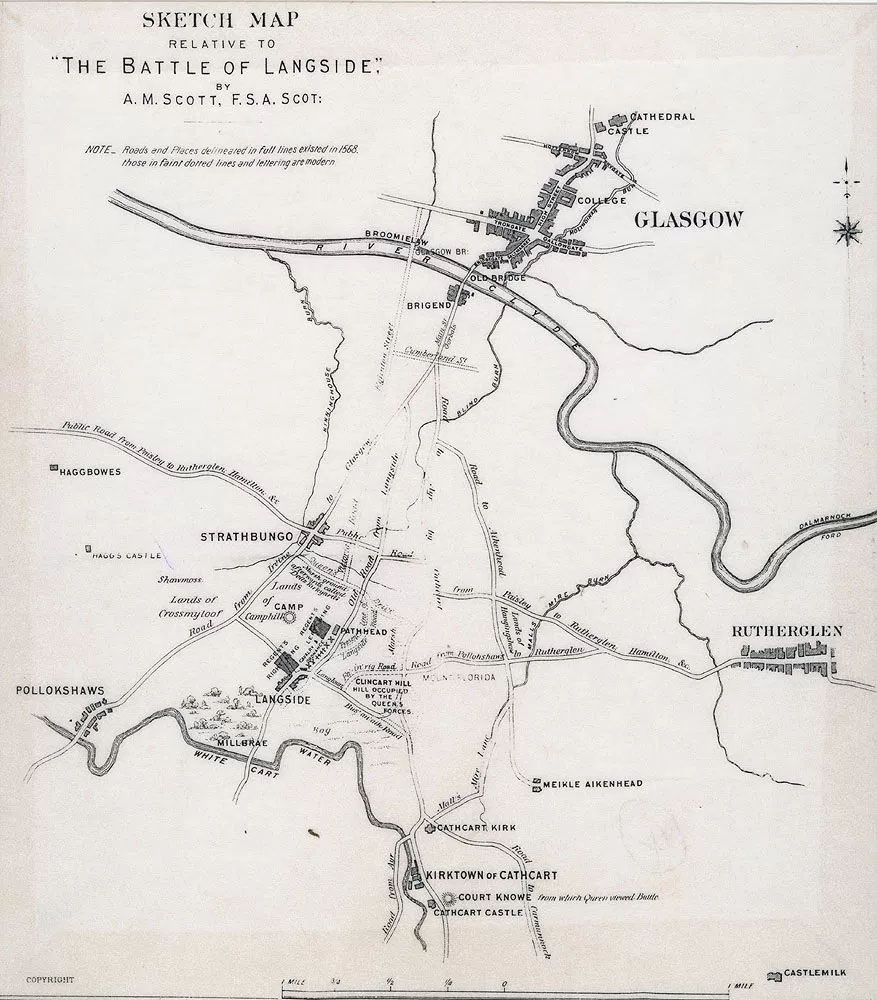
1568
The Battle of Langside is fought on 13 May 1568 between the forces of Mary, Queen of Scots and her half-brother James, Earl of Moray and Regent of Scotland in the vicinity of Queens Park, ending in defeat for Mary. The participants gave their names to the streets of Strathbungo. The Maxwells of Pollok were supporters of Mary.
Read More
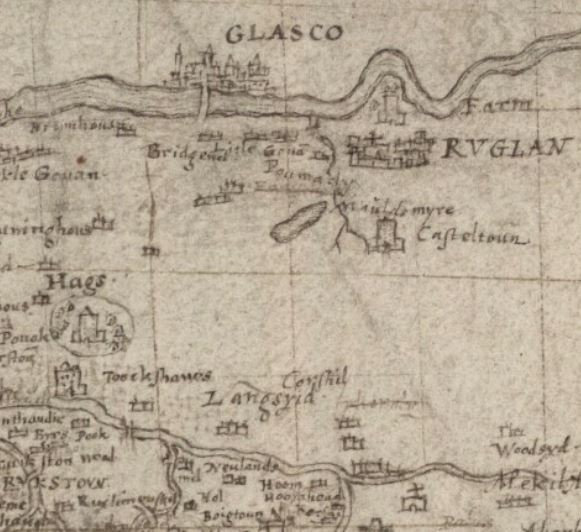
1581
The Maxwells of Pollok acquire the lands of Haggs, Shields and Titwood by feu from the Archbishop of Glasgow.
Read More
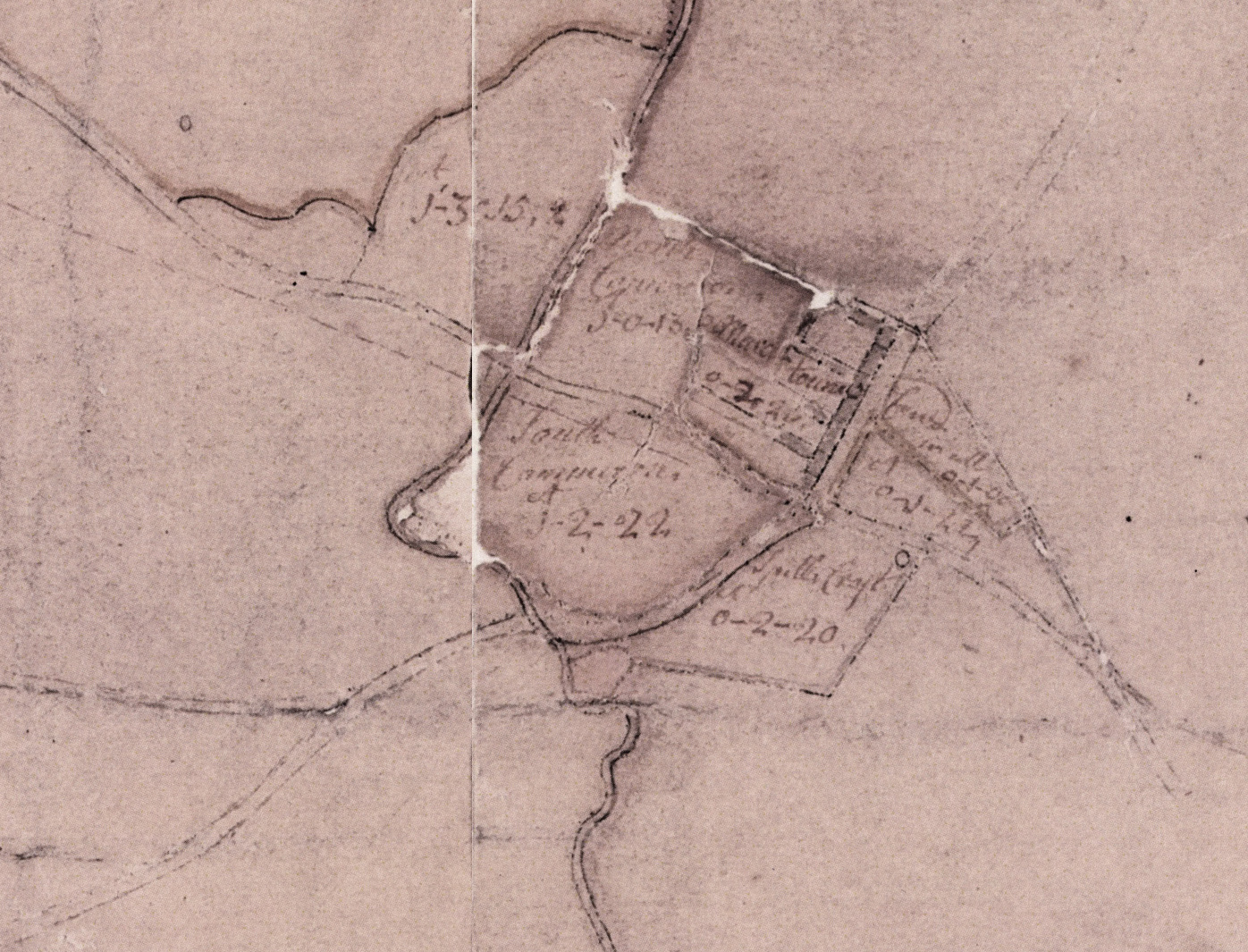
1741
First detailed map of Strathbungo, by Robert Ogilvy for the Maxwells. They refer to it as Marchtoun.
Read More
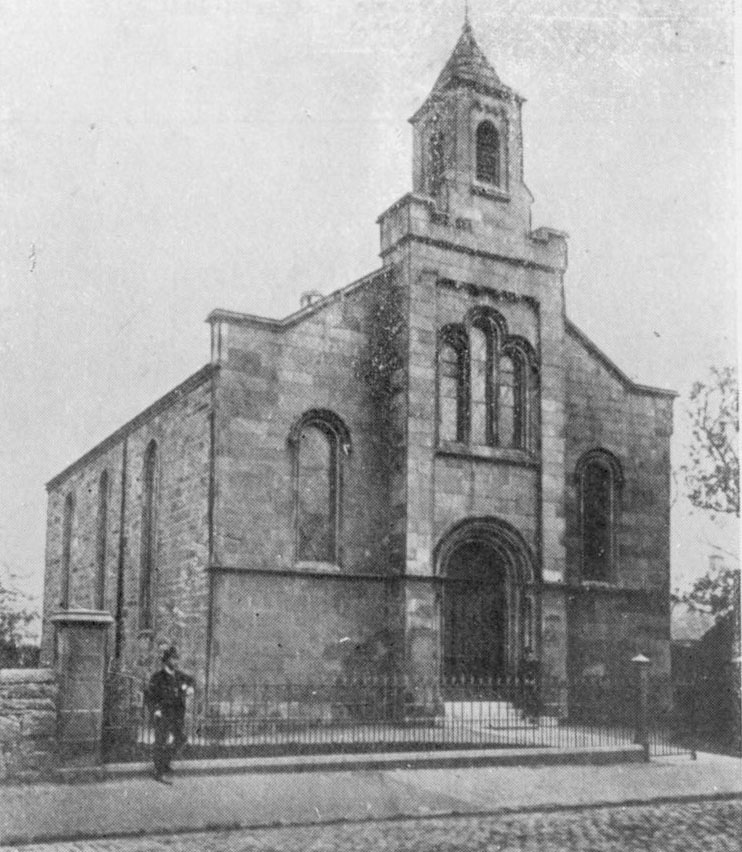
1840
First Strathbungo Parish Church built 1839-40, architect Charles Wilson. Govan Sessional School opens in Nithsdale Street.
Read More
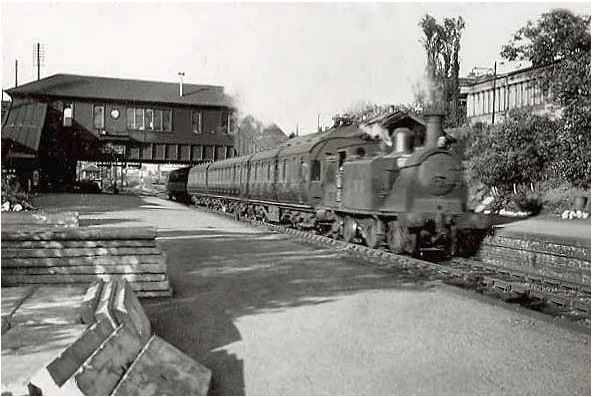
1848
Glasgow, Barrhead & Neilston Direct Railway opens on 29th September, running from Glasgow Southside Station (roughly at the Brazen Head pub, Gorbals) to Barrhead. The first stop is Pollokshaws (West); there is none yet in Strathbungo, and the line runs through open fields to the west of Strathbungo village. The picture shows a British Railways train passing through Strathbungo Station in 1948.
Read More

1859
Land between railway and Pollokshaws Road is feued to William Stevenson and John McIntyre by Sir John Maxwell of Pollok.
Read More

1860
On 8th August 1860, the Strathbungo based Third Lanarkshire Rifle Volunteer Corps is formed from a number of smaller corps. The day before, the volunteers had marched past Queen Victoria at the Royal Review in Edinburgh. The parade ground was just north of the village, where they later built a new Drill Hall in Coplaw Street, which still stands today.
Read More
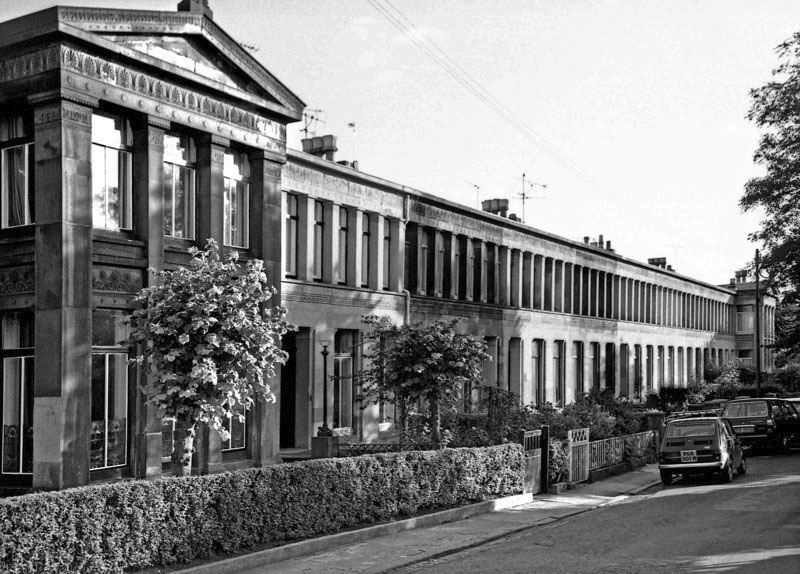
1860
1-10 Moray Place is constructed, architect Alexander Greek Thomson
Read More
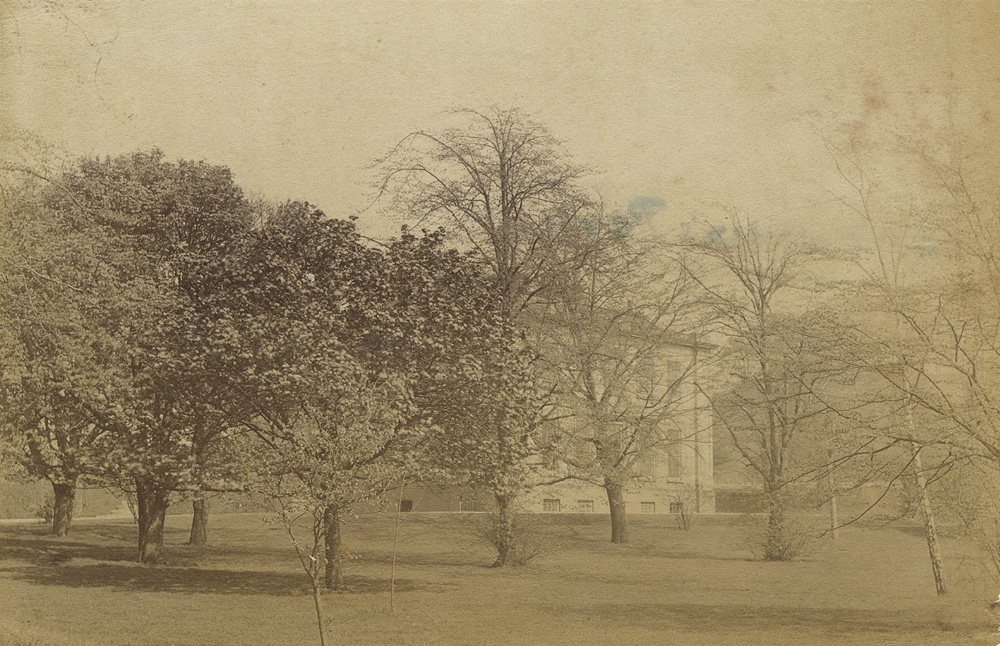
1862
Queens Park opens. Pathhead Farm was bought by the Thomson family from the Maxwells in 1799. Neale Thomson sold it for £30,000 to Glasgow Corporation in 1857, and between then and 1862 it was laid out as a public park partially to the design of Sir Joseph Paxton, architect of Crystal Palace. Despite various assertions to the contrary, it remains unclear which queen it was named after, Mary, or Victoria.
Read More
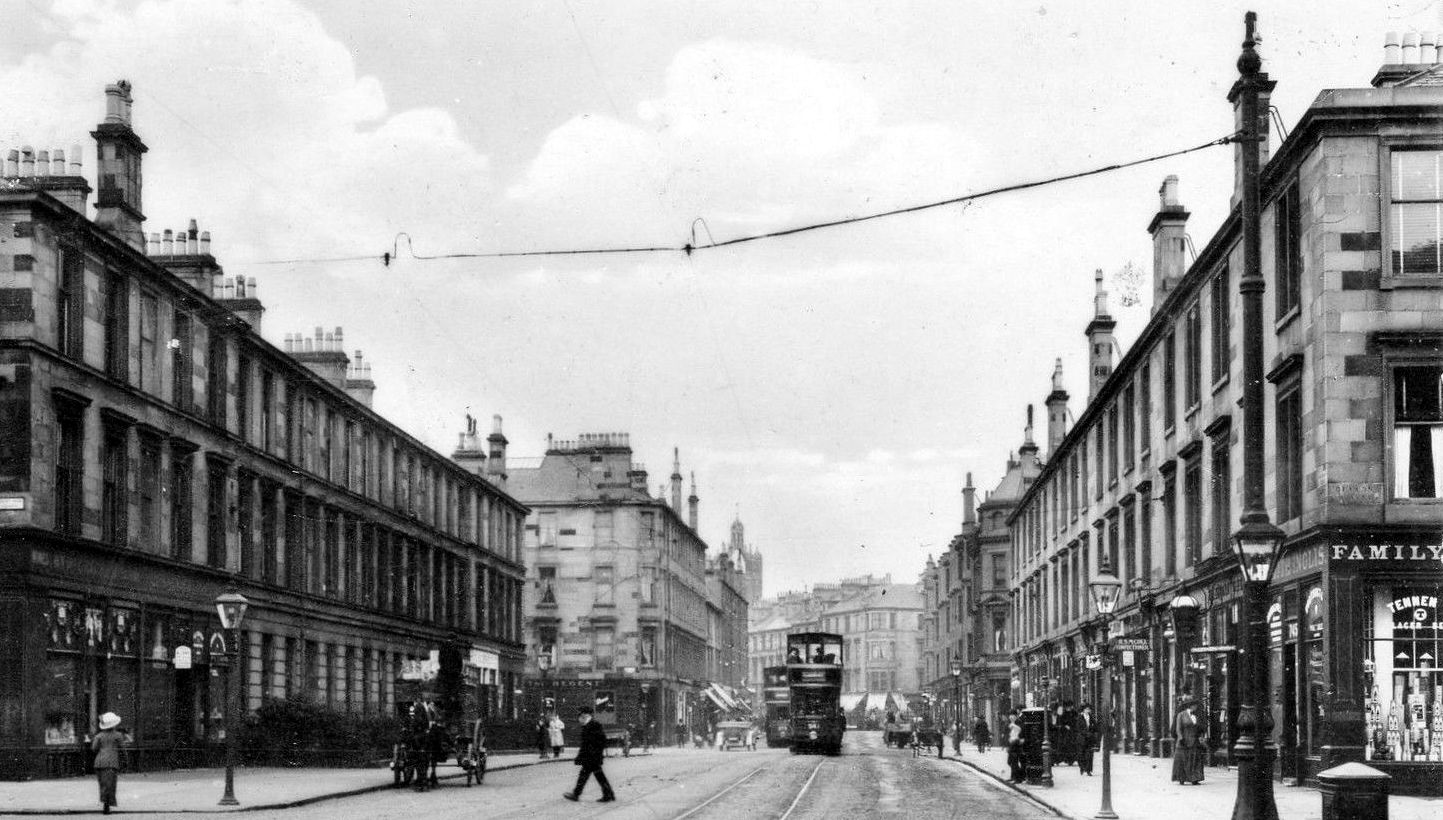
1863
Regent Park Terrace - the first two of the four tenements along Pollokshaws Road are completed, from Nithsdale Road to Queen Square. The first terrace is seen on the left of the picture.
Read More
1864
11-17 Moray Place built 1862-4. Architect & builder unknown.
Read More
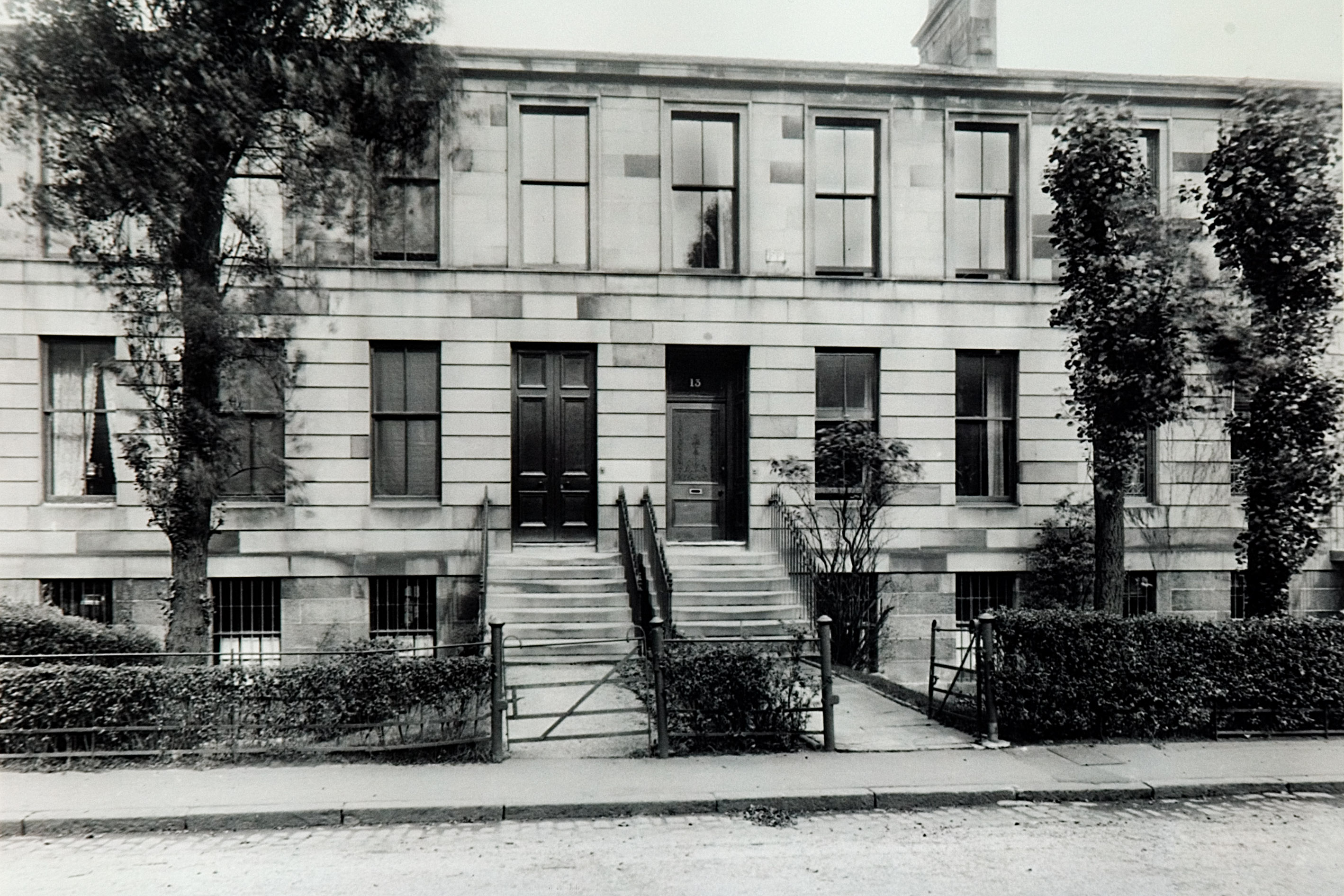
1865
Regent Park Square, and the north side of Queen Square, built by Daniel McNicol, 1864-65.
Read More
1867
Regent Park Terrace - the third tenement on Pollokshaws Road completed, between Queen Square and Prince Square (later Marywood).
Read More
1869
Regent Park Terrace - the fourth and final tenement on Pollokshaws Road completed, between Prince Square (later Marywood) and the old Haggs Road, later Titwood Road.
Read More
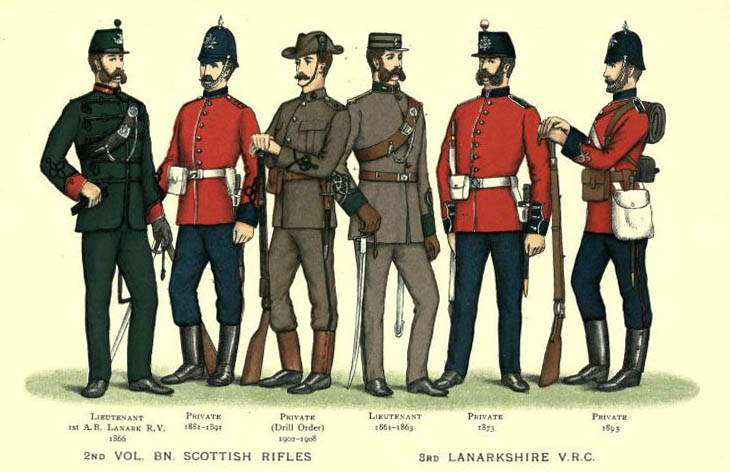
1872
Inspired by the first international football match, Scotland vs England, in which three of its members played, the 3rd Lanarkshire Rifle Volunteers form their own team on 12th December 1872. They practice on the parade ground north of Strathbungo village. Third Lanark go on to win the FA Cup, twice. First against Celtic in 1889, then Rangers in 1905. Oh, and the Football League in 1904.
Read More
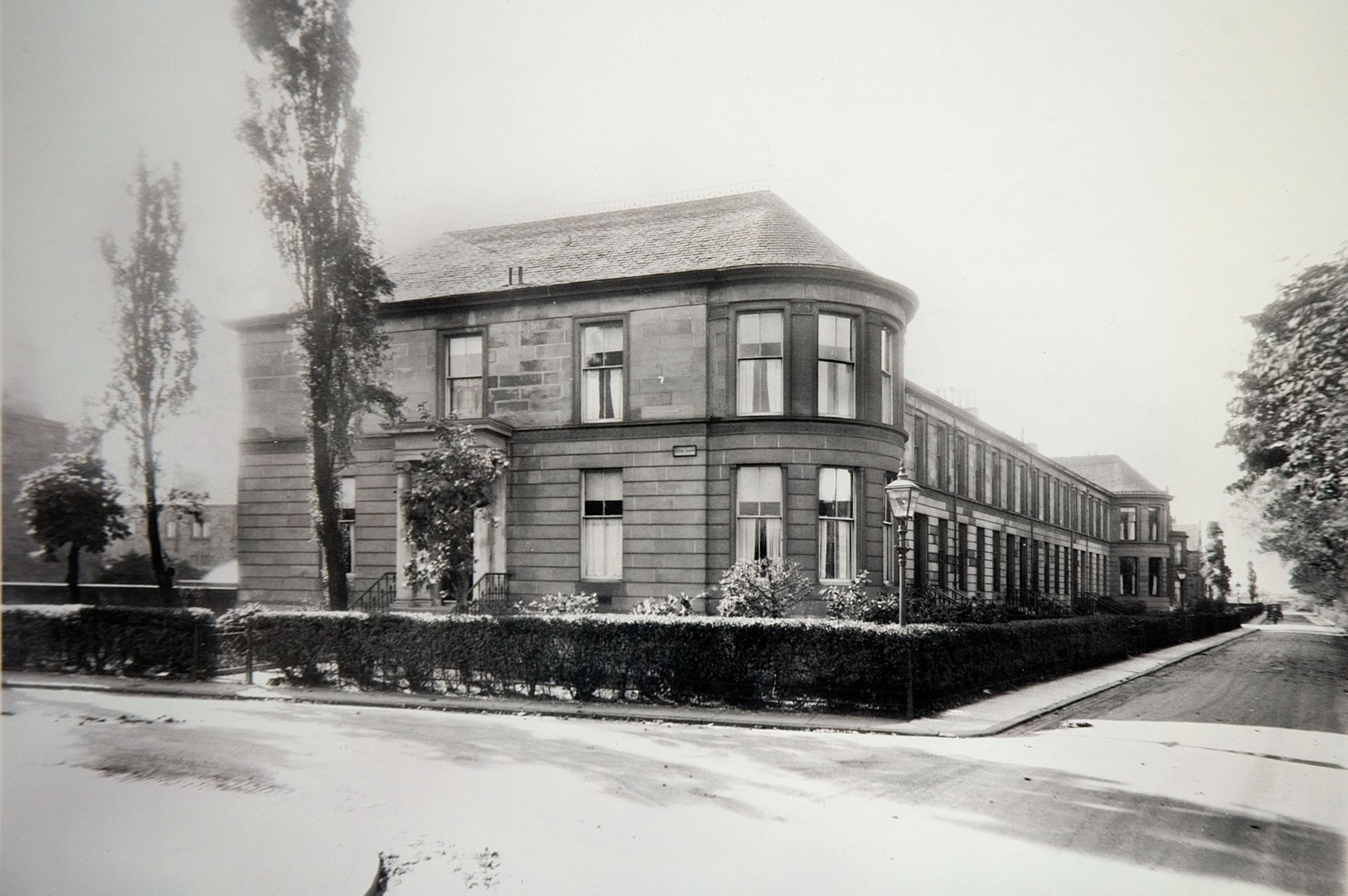
1874
18-25 Moray Place, constructed by William Brown 1872-73, first occupied 1874.
Read More
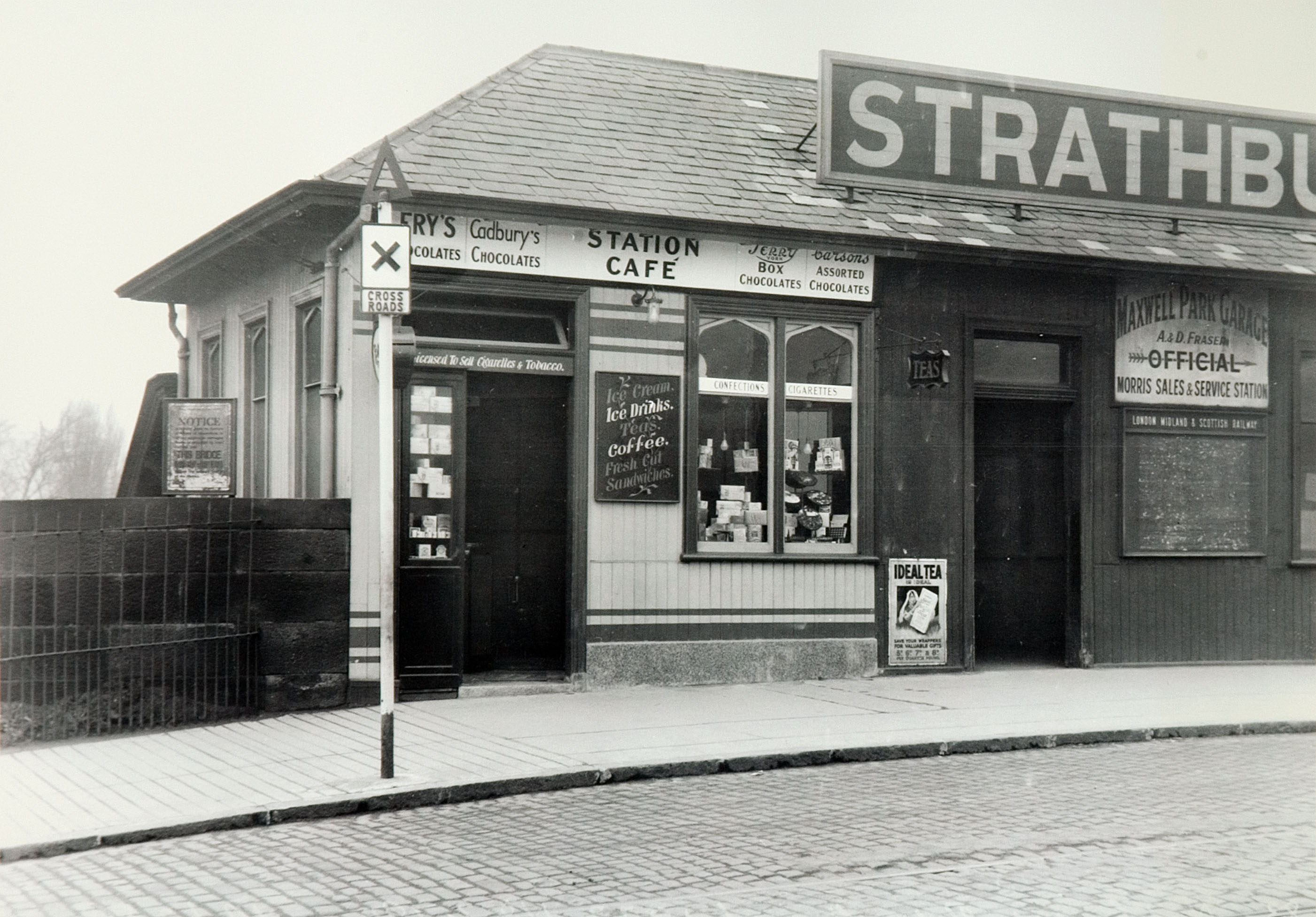
1877
Strathbungo Station opened 1st December, with the line extended over the Clyde to the new St Enoch Station in Glasgow. Mr James Brown issued the first ticket.
Read More

1877
26-33 Moray Place built in 1876-7 (no 31 first occupied 1877, the rest 1878). Titwood Place was completed on the north side of Matilda Place in 1877 to a "Greek" Thomson design by his partner Robert Turnbull after his death. Matilda Place was renamed Nithsdale Road c 1895.
Read More
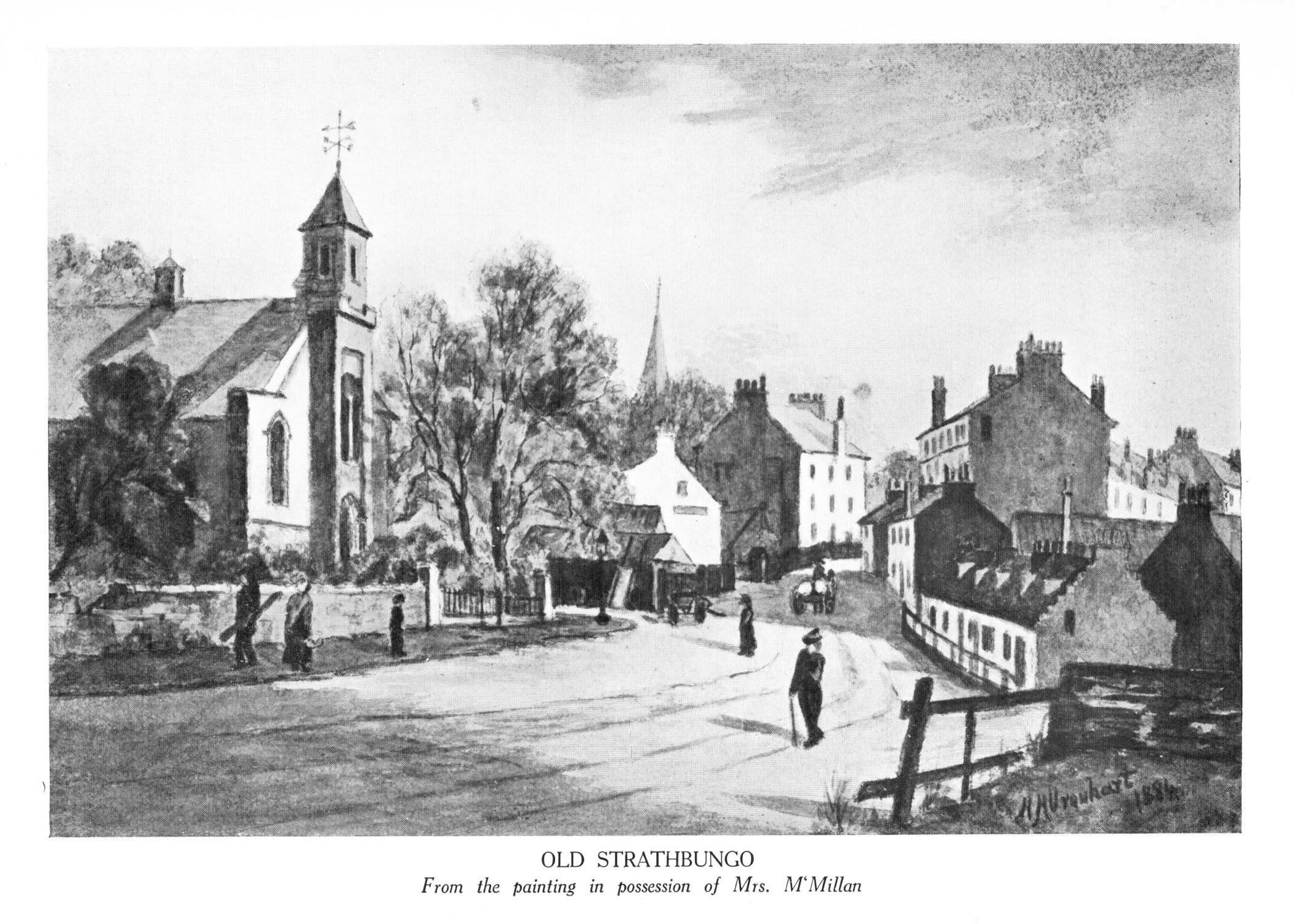
1878
William Howie & Son build Matilda Terrace on the south side of Matilda Place in 1878. Matilda Place was renamed Nithsdale Road c 1895. First Strathbungo Parish Church extended, with addition of a gallery.
Read More
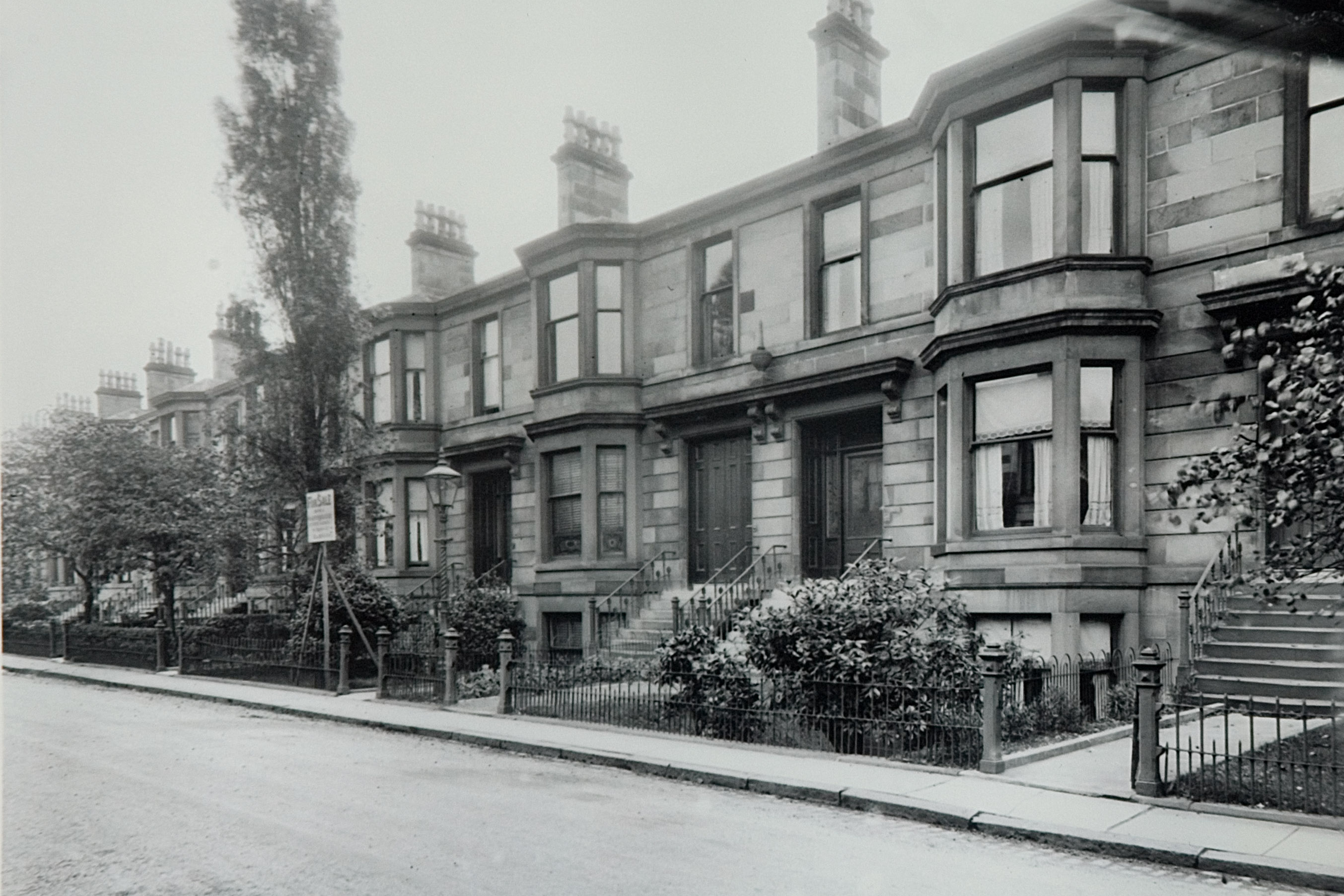
1879
The south side of Queen Square was occupied 1879-80, the date inscribed on the urn placed above the front doors half way along the street. Built by Alexander Thomson (no relation) and Robert Anderson.
Read More

1879
The north side of Marywood Square, originally called Prince Square to conform with the royal theme of the development, is first occupied in 1878-9. The builder was Robert Weir.
Read More
1880
Salisbury Quadrant built on the corner of Nithsdale Drive and Street by Robert Turnbull.
Read More
1884
The south side of Marywood Square was built some six years after the north side but in the same style, being first occupied by tenants around 1884-6. The builder was James Robertson from Pollokshields, but he went bankrupt in 1891 and the entire building was bought by William Stevenson, the original landowner.
Read More
1886
Queen's Park Station, and the eastern half of the Cathcart Circle, opened on 1 March 1886, providing a line to Mount Florida, and in May 1886, to Cathcart. The western half did not open until 1894.
Read More
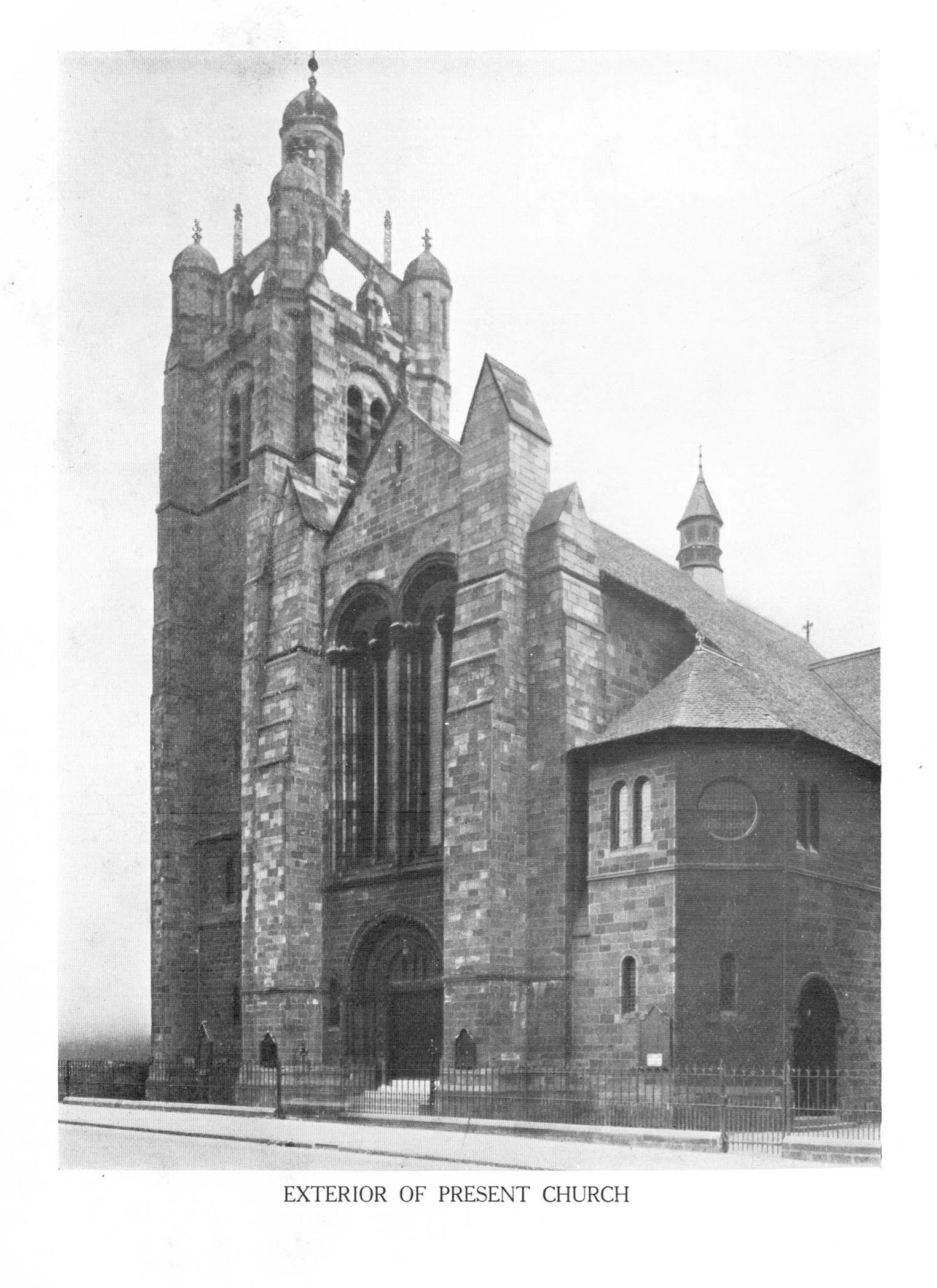
1887
Second Strathbungo Parish Church constructed, John McKissack, architect. Foundation stone laid October 1887. Nithsdale Mission Hall built by the U.P. Church to Alexander Skirving's design.
Read More
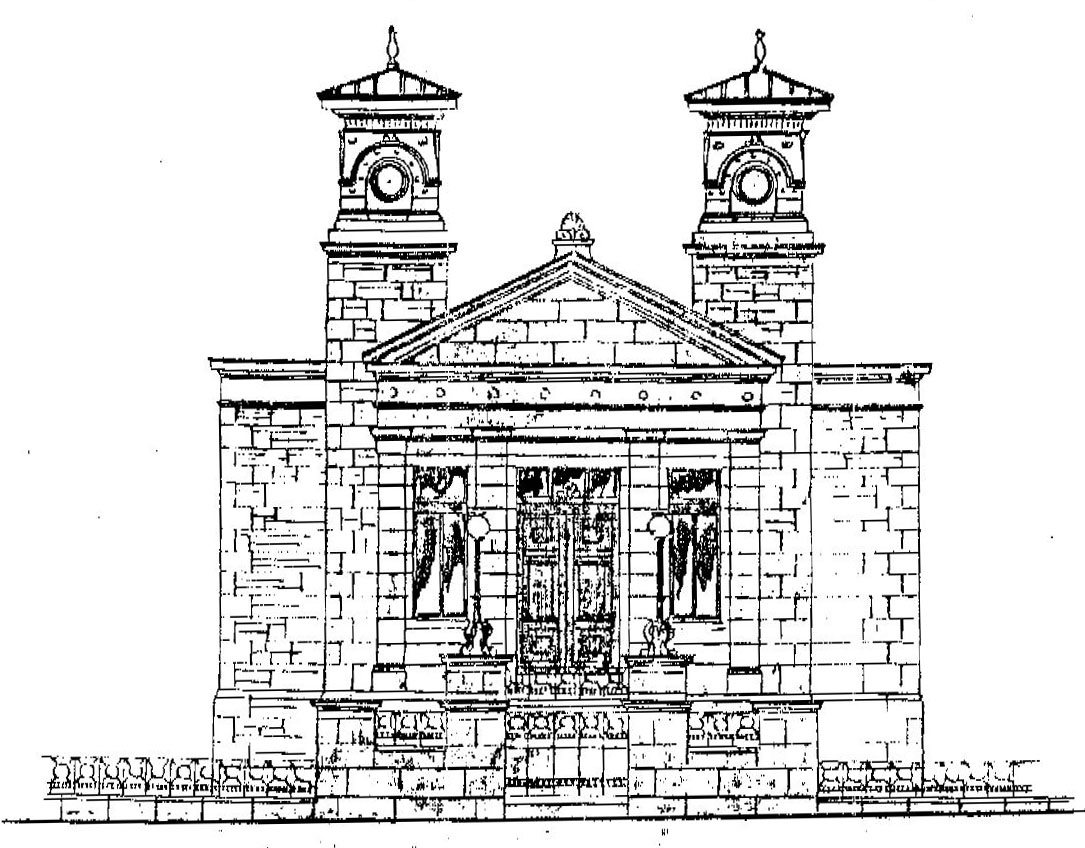
1888
Nithsdale Mission Hall was completed by the United Presbyterians, to a design by Alexander Skirving.
Read More
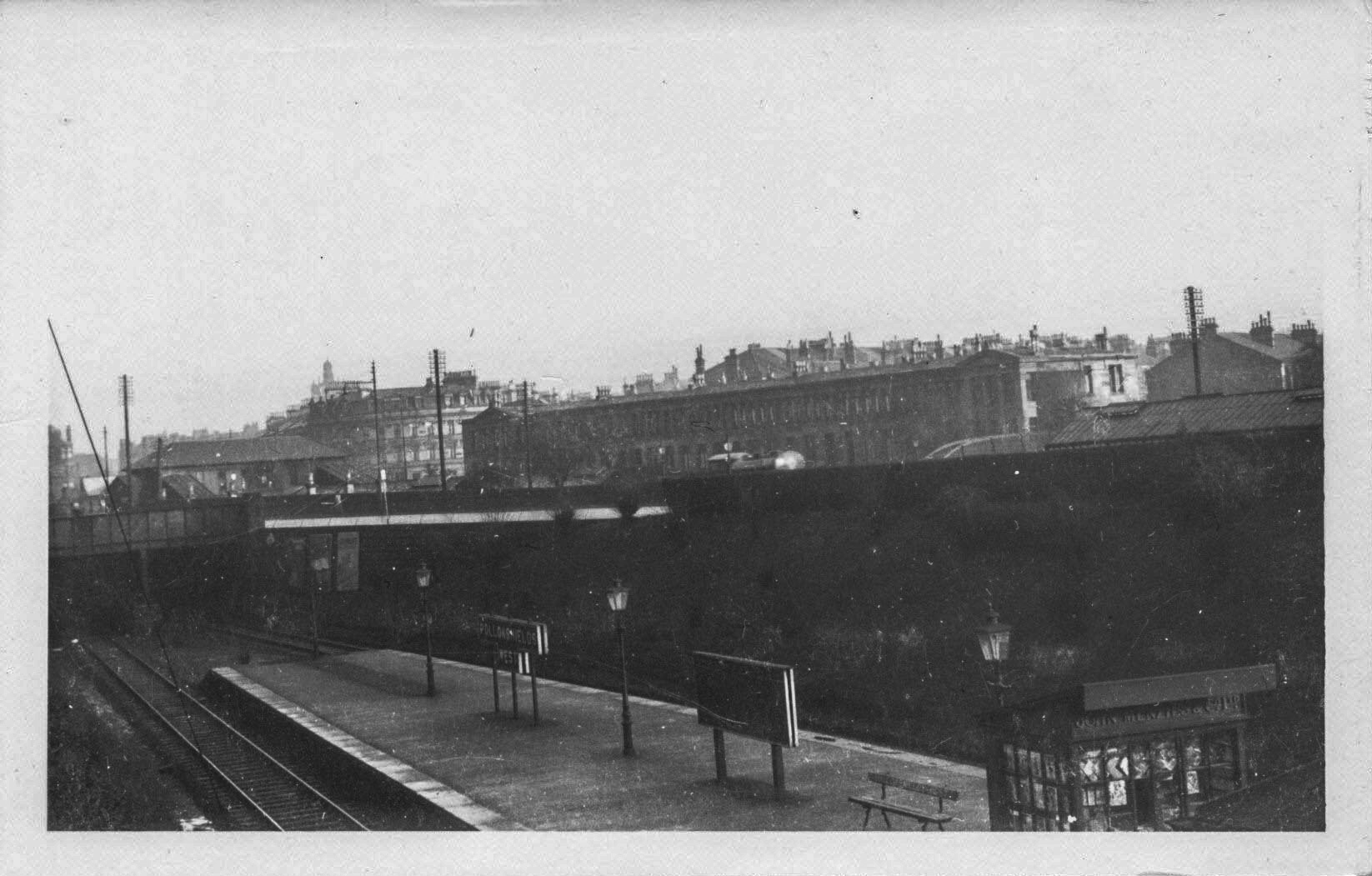
1894
The western half of the Cathcart Circle, including Pollokshields West Station, opened on 2 April 1894.
Read More
1912
Hutchesons' Girls' Grammar School transferred from Elgin Street (now Turriff Street) to the new site in Strathbungo at Kingarth Street. Hutchesons' Primary School still occupies the site today.
Read More
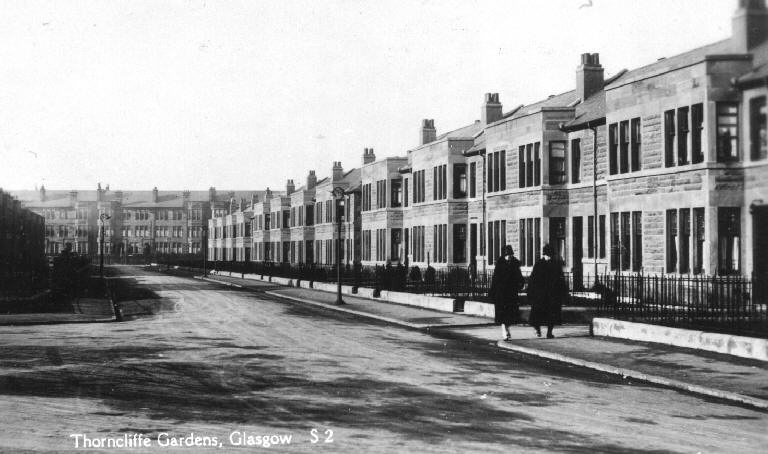
1928
The Gardens are completed by James Wright; Vennard (after his mother), Thorncliffe, Carswell and Moray Place.
Read More
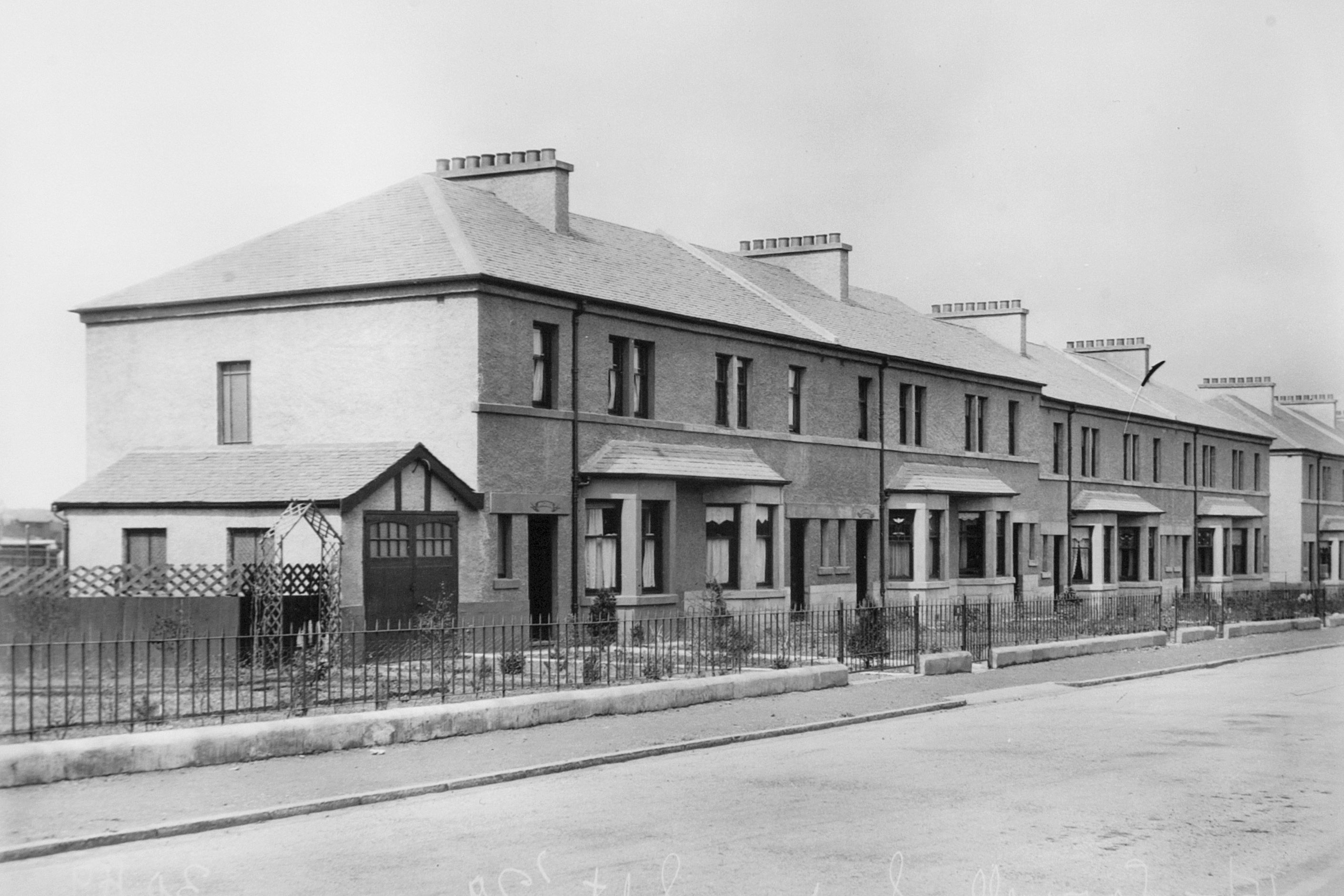
1928
The south side of Carswell Gardens is built to a slightly different design by William Todd Aitkenhead.
Read More
1930
At some point between 1927 and 1930 the Victorian streets of Strathbungo were renumbered. Originally numbers ran up one side of the street and then down the other. The change to the modern convention, of odd on one side and even on the other, was perhaps prompted by the building of the Gardens. One consequence was that some unlucky house owners would have had their property renumbered to No. 13...
Read More
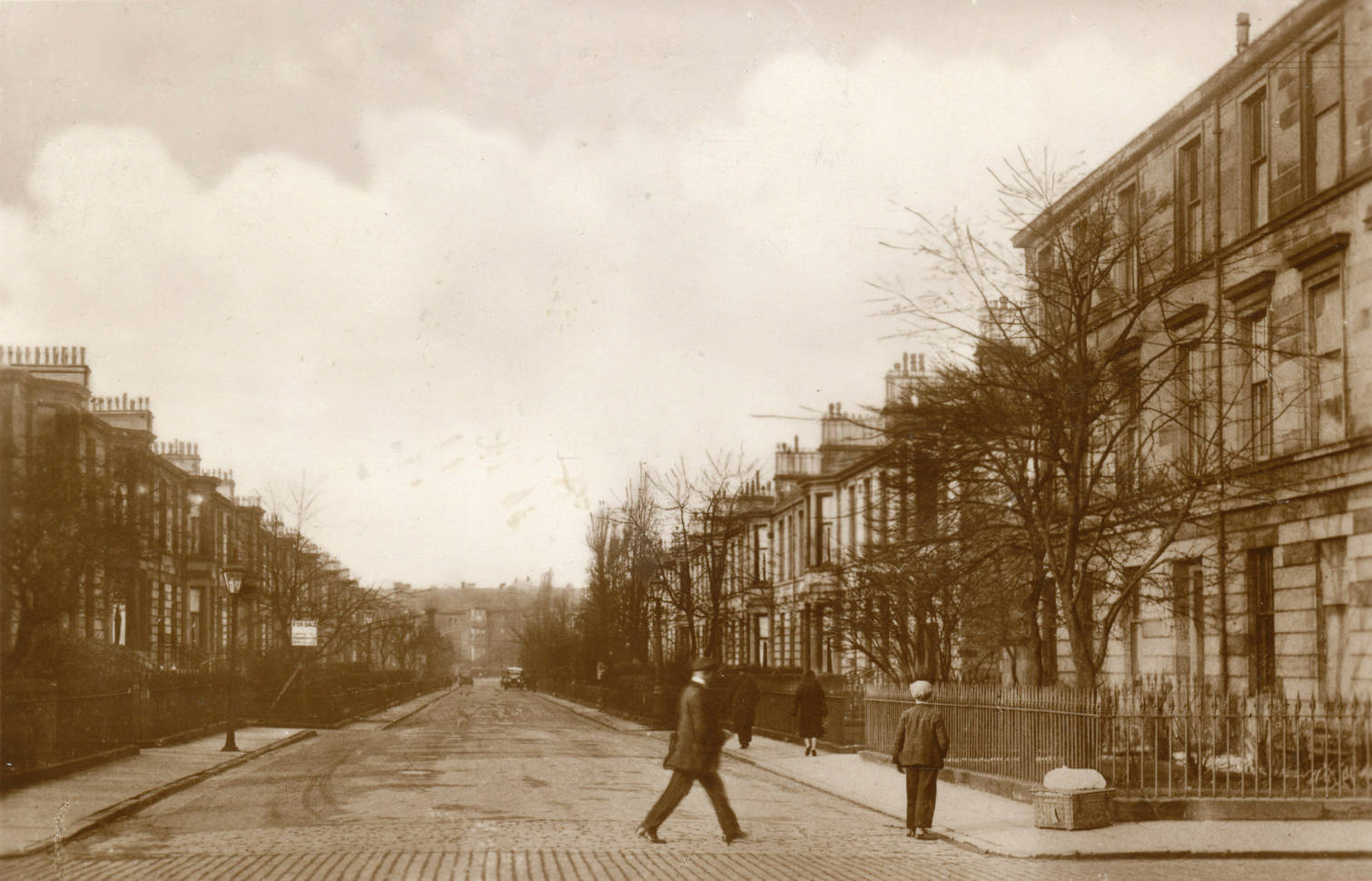
1932
Princes Square was renamed Marywood Square in November 1932, to avoid confusion with Princes Square in central Glasgow. The reason for the choice of Marywood is unknown.
Read More
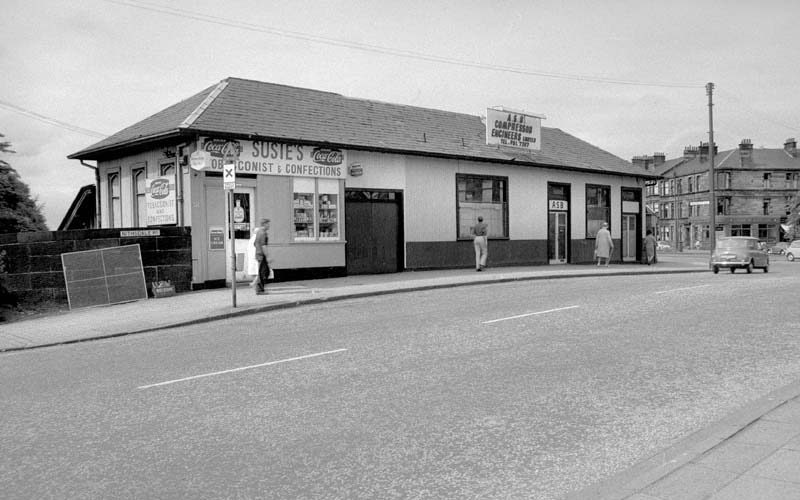
1962
Strathbungo Station closed 28th May 1962.
Read More
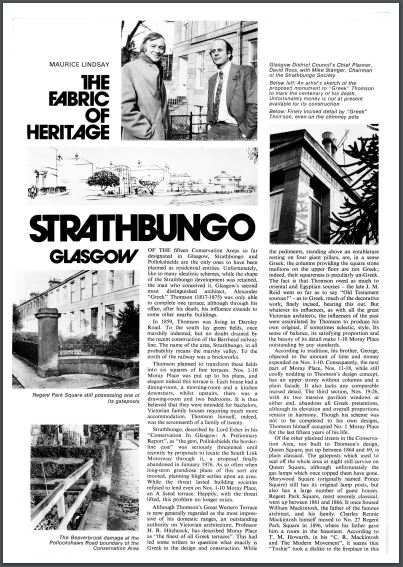
1971
The Strathbungo Society is formed to help preserve the architecture and character of the area between Nithsdale Drive and the Gardens.
Read More
1973
Strathbungo is granted Conservation Area status, initially from Nithsdale Road to the Gardens. In 1978 this is revised to remove the gardens but include Nithsdale Street and Drive.
Read More

1979
Strathbungo Parish Church closed to worshippers in May 1979, before falling into dereliction.
Read More

2005
Nithsdale Mission Hall was severely damaged by fire. It was subsequently carefully restored and converted to flats.
Read More
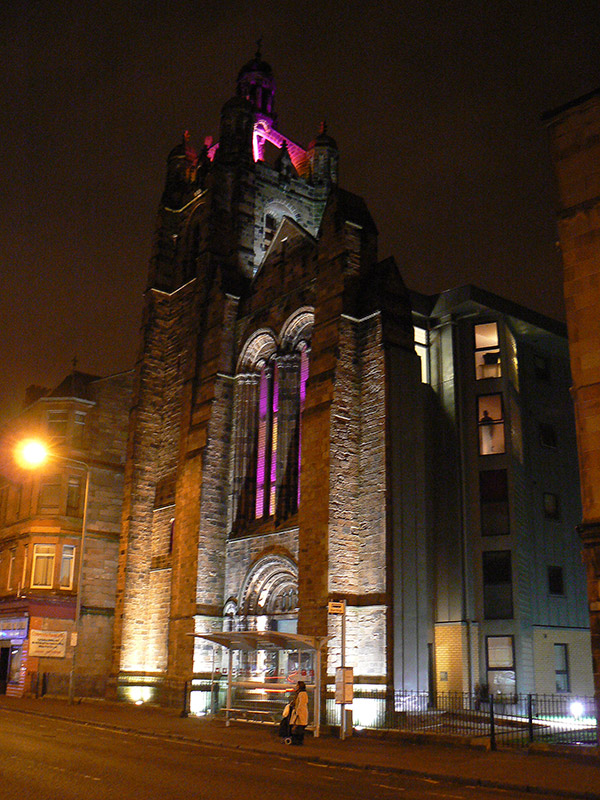
2006
Strathbungo Parish Church tower and facade saved by conversion to flats by Southside Housing Association
Read More
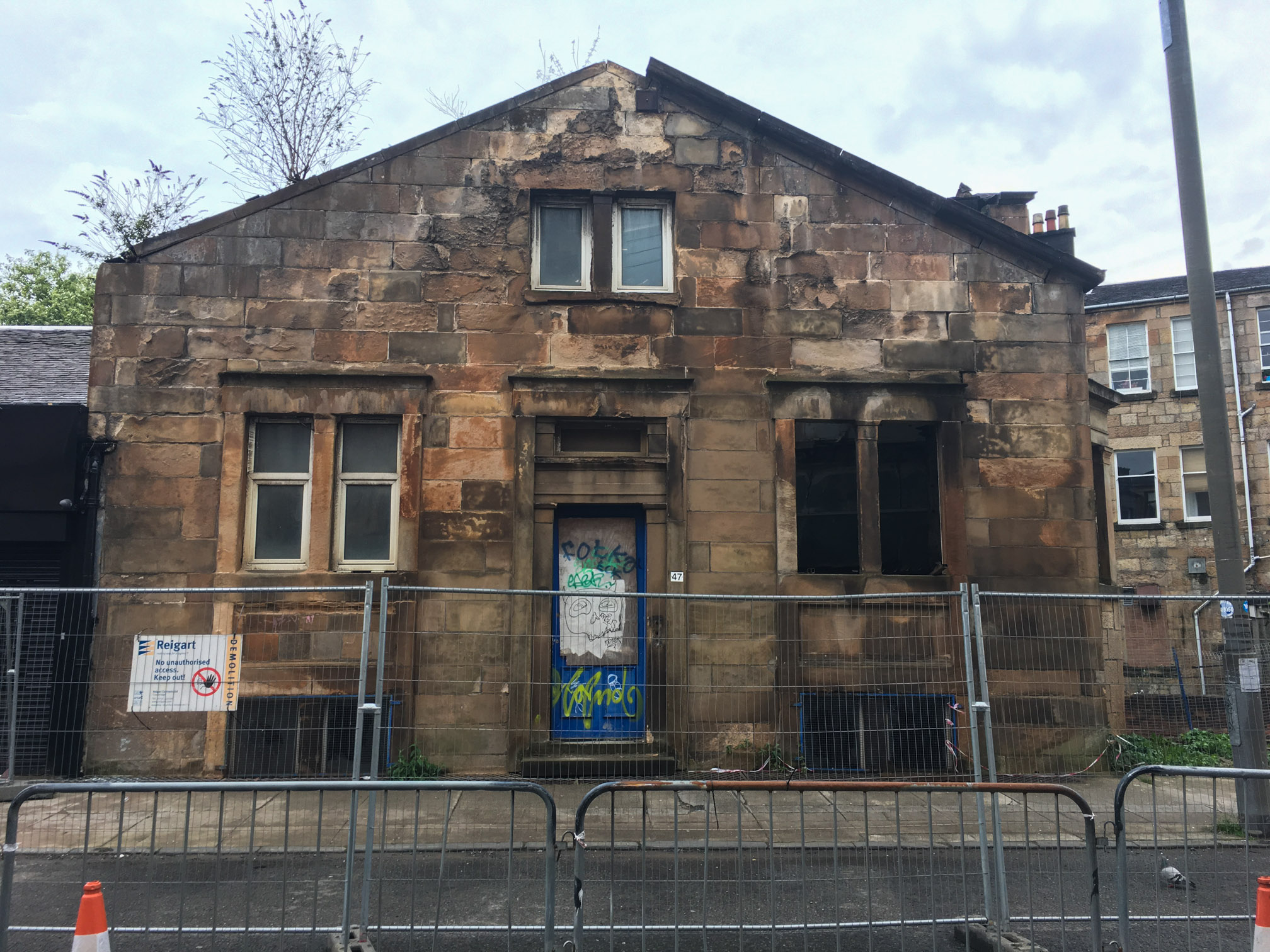
2017
Possibly the first building to be lost within Strathbungo Conservation Area, 47 Nithsdale Road was allowed to fall into disrepair by its owner, and it was demolished after it became unsafe. The origins of the building are unclear, but it formed one end pavillion of a range of buildings that previously housed a motor garage.
Read More
Future
Who knows? Why not join the Strathbungo Society and shape it yourself?
Read More

Recent Comments